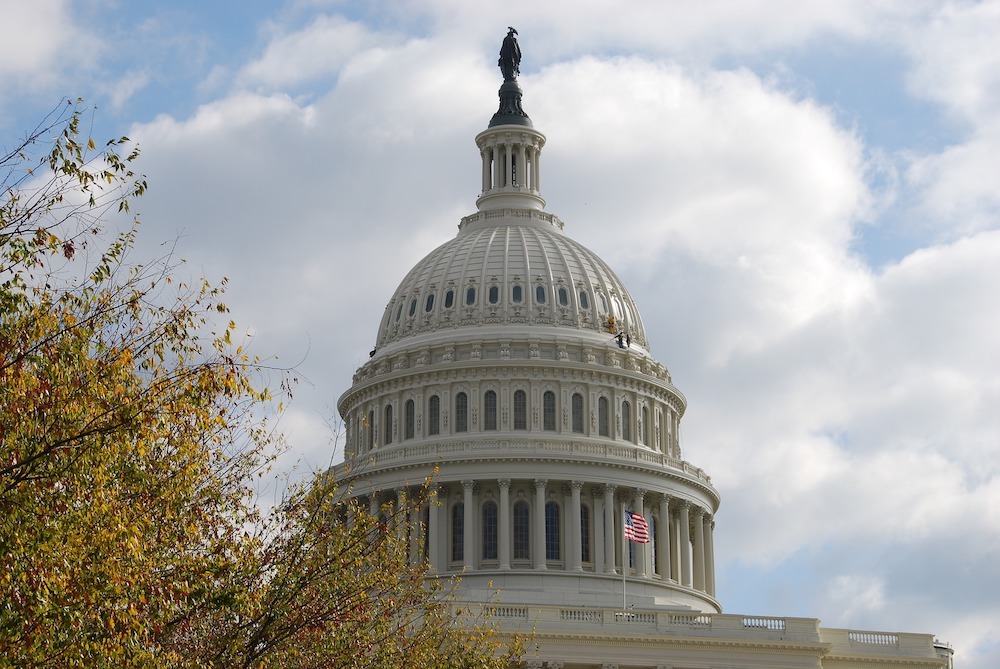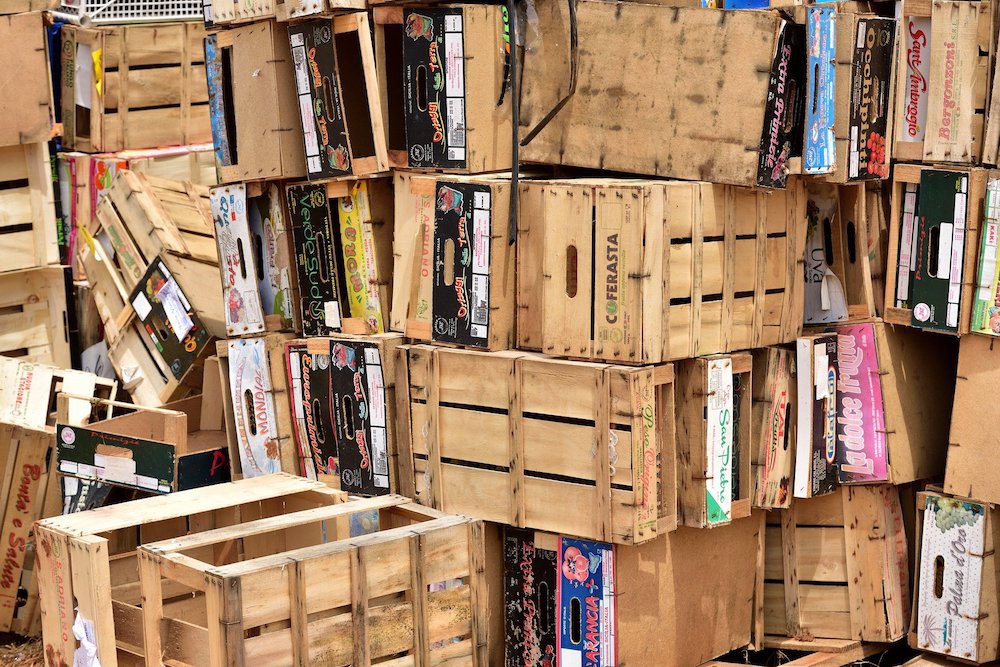The American Forest and Paper Association represents 85% of the US’s pulp, paper, paper-based packaging tissue products in the US

The forest products sector accounts for approximately 4% of total US manufacturing GDP (Credit: Pixabay)
Since being founded in a merger between the National Forest Production Association and the American Paper Institute in 1993, the American Forest and Paper Association has been the US’s main trade association for the paper and wood products industry.
The forest products sector accounts for approximately 4% of total US manufacturing GDP, while companies in the industry produce nearly $300bn in products annually.
It also employs approximately 950,000 men and women, exceeding employment levels in the automotive, chemicals and plastic industries, meeting a payroll of approximately $55bn and is among the top ten manufacturing sector employers in 45 states.
The American Forest and Paper Association – which represents 85% of the US’s pulp, paper, paper-based packaging and tissue products – speaks for its members in the federal, state and international arena where policies are shaped.
The organisation has also compiled information and resources related to the Covid-19 pandemic, including issues such as workplace safety, scientific studies, economic relief programmes, general information, and critical business exemptions.
In a Q&A with NS Packaging, the American Forest and Paper Association’s president and CEO Heidi Brock discusses sustainability and how the sector has been impacted by Covid-19.
American Forest and Paper Association boss on her career history?
“Before joining the American Forest and Paper Association just over a year ago, I served as the president and CEO of the Aluminum Association.
“I served in that position for eight years, and during that time built an advocacy programme that ultimately prepared the association and its members for the day when we successfully navigated high-profile international trade policy issues.
“Advocacy also played an important role in my career at timberland company Weyerhaeuser, where I had several roles including vice-president for federal and international affairs, vice-president for e-business and director of strategic planning.

“Early in my career I also had the opportunity to work on Capitol Hill for two different US senators.
“Three near-constant principles have been ingrained within me during my career. First, is the value and importance of showing up.
“Second, is having the confidence and ability to speak up and be heard. And third, is the ability to listen and work with others to find common ground on contentious issues.
“Lawmakers, whether on Capitol Hill or in a statehouse, value hearing from their constituents and learning about issues that affect them.
“It’s why I think we must all find our shared advocacy voice.”
American Forest and Paper Association boss on the state of the paper packaging industry in the US prior to Covid-19?
“The paper and wood products industry has seen long-term growth because of its spirit of innovation and adaptability, attributes honed over time, which make us even stronger now that we face the challenges of Covid-19.
“In the last decade, we saw sustained growth for the capacity of containerboard and tissue paper.

“Our Annual Survey of Paper, Paperboard and Pulp Capacity, released in May, maps this growth, and last year, containerboard capacity saw its ninth consecutive increase, reaching a record 40 plus million tonnes.
“As a result, containerboard accounted for 48.6% of US paper and paperboard capacity in 2019, up from 39.3% in 2009.
“Meanwhile, tissue paper capacity is projected to increase this year, exceeding trend growth, resulting from the addition of seven new machines added during 2019 and 2020.”
How has Covid-19 impacted businesses in the paper packaging industry, and how are they bouncing back from the pandemic?
“The Covid-19 pandemic has had a significant impact on many industries, including the paper and wood products industry.
“I am proud of the progress we have made in adapting quickly to changes in these last few months.
“First, our industry has long held worker safety as a top priority. Because of the strong foundation of safety programmes our members had a strong foundation to build upon with specific requirements for Covid-19.
“In addition, while it feels like we have been recognised as an ‘essential industry’ for quite some time.
“Back in March, our team worked around the clock with our members – and federal and state government leaders – to make sure our entire supply chain was recognised as essential.
“This recognition allowed continued production of the products we all rely on.
“We also have data that shows how the industry is stepping up to meet unprecedented levels of demand for products.

“Our tissue sector, which includes four major grades – bath, towel, napkin and facial – continues to see increased production this year.
Year-to-date tissue production as of September is up 5% compared to this same period last year.
“Producers have responded to this pandemic in multiple ways – such as adjusting grade mix to increase production volume, accelerating production and reallocating inventory to meet demand.
“We also have seen a 3.9% year-to-date increase, as of September, in containerboard production as e-commerce sales continue to increase into the holiday season.
“Online shopping has become a vital part of how Americans engage in social distancing while still getting the important supplies and products they need.
“While Covid-19 has been a significant event for the paper and wood products industry, we adapted quickly, as we’ve done before.
“Our industry has been around more than a century. We have seen a pandemic before, as well as two world wars, a great depression, and a recession.
“I am proud of this track record and our progress to meet the continued challenges of Covid-19.”
Has a shift towards more sustainable products had a positive impact on the paper marketplace?
“Our members have been leaders on this issue for many years.
“A decade ago, as an industry, we set sustainability goals and took voluntary action, and today, that work is showing tremendous results.
“American Forest and Paper Association’s Better Practices, Better Planet 2020 initiative is one of the most comprehensive sets of sustainability goals established for a US manufacturing industry.
“Our initiative recognises three essential pillars of sustainability: economic, environmental, and social factors.

“Interdependent principles that collectively support long-term viability, growth and improvement for the paper and wood products industry and our environment.
“We surpassed many of our goals already, including reductions in greenhouse gas emissions, and improvements in energy efficiency and workplace safety.
“Contributing toward the achievement of sustainability goals is one of the requirements of American Forest and Paper Association membership, and consistent reporting of our progress is a commitment we made to its stakeholders.
“That commitment has not waivered, and now we are looking ahead to 2030. Next year, we plan to announce new sustainability goals.
“Several goals will look familiar while others will reflect a desire to raise the bar on new efforts to improve the sustainability of the industry.”
